International Culinary Training
- International Schools
- Australia
- Canada
- France
- India
- Italy
- Japan
- Korea
- Lebanon
- Mexico
- Netherlands
- New Zealand
- Peru
- Puerto Rico
- Singapore
- Spain
- Switzerland
- Thailand
- United Kingdom
Culinary Training
Top Schools
- Culinary Arts Schools
- Le Cordon Bleu
- The Art Institutes
- Kitchen Academy
- Johnson and Wales
- International Culinary Center
Majors
- Culinary Majors
- Culinary Arts
- Baking & Pastry Arts
- Food Prep/Prof. Cooking
- Hotel & Restaurant Management
- Culinary Arts Management
- Wine, Spirits & Beverage Management
Degree Types
Career Information
Kosher: a Guide to the Cornerstone of Jewish Cuisine

Find Culinary Programs
Kosher is one of the most recognizable cultural distinctions of the Jewish people. Today, the word itself has become a shorthand for Jewish identity for many of its faithful adherents. For millennia, the dietary rules laid out by the Torah had influenced Jewish cooking. The culinary flavors created by Jewish culinarians have won admirers from neighboring communities.
There is, of course, more to kosher than meets the eye. A lot goes into what a rabbi deems fit for the Jewish dinner table.
What Determines Kosher
Kosher means “appropriate” in the Hebrew language. Scholars codified the guidelines, known as Kashrut, based on the Holy Scriptures and the Talmud. The most familiar of these rules is the prohibition against specific types of meat.
According to the book of Genesis, the original diet meant for humanity was vegetarianism. Tradition holds that this was later changed; certain animals were permitted for human consumption. The most familiar of these is the list provided in the 11th chapter of the book of Leviticus. It outlines the specific criteria that determines what animal could be eaten. They are as follows:
- Hoofed animals that are ruminants (cattle, goats, deer, sheep, and antelope)
- Aquatic animals that had scales and fins
- Specific types of birds (or others like them, as determined by later authorities)
- At least four species of grasshopper (depending on the community)
In addition, the Torah also forbade cooking a baby goat in its own mother's milk. Talmudic authorities codified this principle to forbid the consumption of meat and dairy in the same meal. This distinction is still followed by the observant faithful today.
The scholars of the Talmud refined these rules to become Kashrut as understood today. These rules apply from the slaughterhouse to the kitchen. Kashrut is a religious observance, not a style of cooking. Even the staples of traditional Jewish cuisine may not even be kosher if it isn't prepared as prescribed. Any food that does not fit the standards of kosher is called treif or “unclean.”
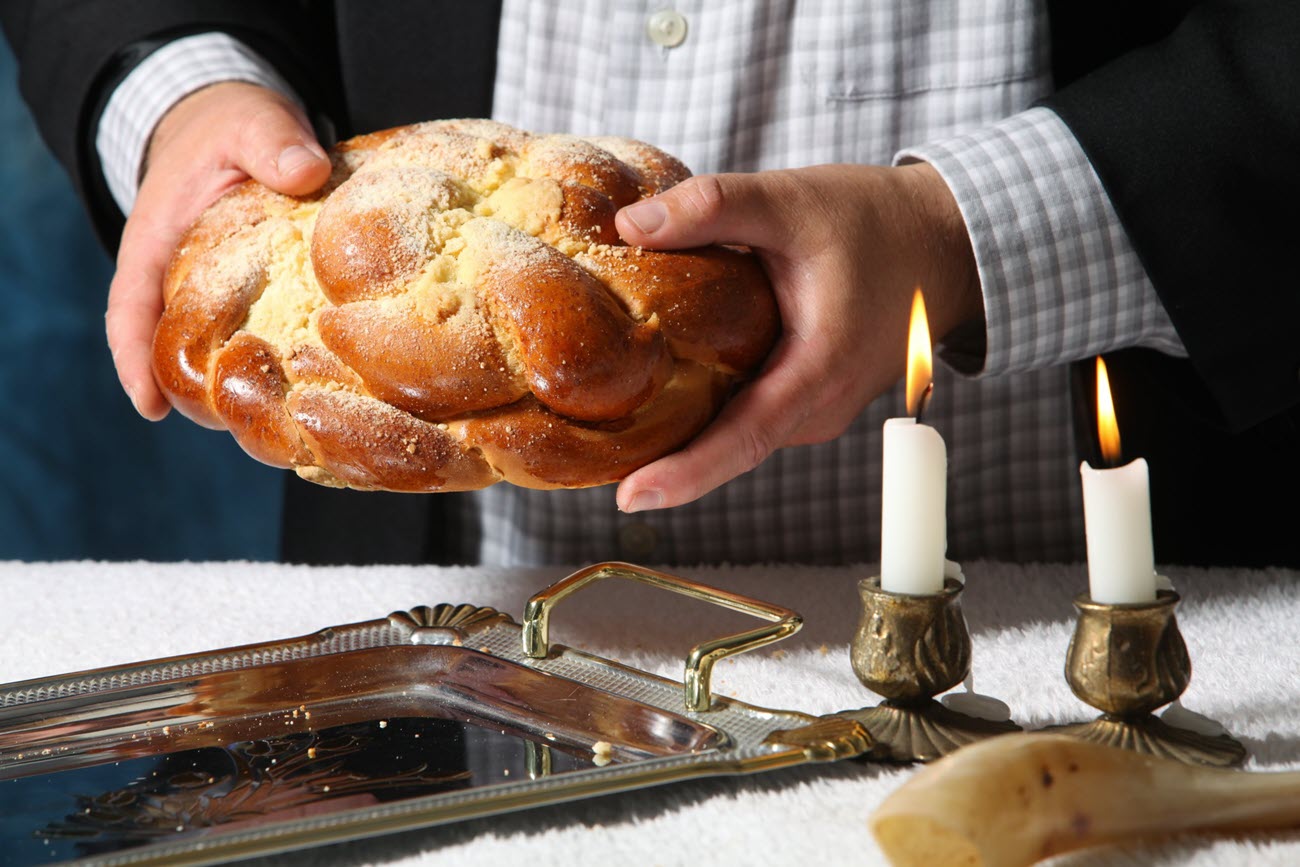
Forbidden Food
Besides pigs, there are a broad assortment of animals that are not considered kosher:
- Horses
- Rabbits, rodents, and hyraxes
- Predatory birds
- Mollusks and crustaceans
- Fish without scales
- Land-dwelling arthropods
Some animals were not known to the ancient Israelite people. Subsequently, their status as kosher is in doubt. Turkey, for instance, is generally considered kosher by many Jewish communities. Others call it questionable.
Besides this, certain parts of kosher animals are also not considered kosher. The hindquarters of a kosher animal are one example. The sciatic nerve cannot be eaten, as it was said to have been moved when Jacob wrestled with the Lord or His messenger. Because the sciatic nerve is difficult to remove, Jewish butchers often never bothered. Instead, they sold the hindquarters to non-Jewish buyers.
Blood is also forbidden. Jewish butchers are careful to exsanguinate animals during slaughter. After processing, they also steep the cuts in saltwater to remove the last traces of blood. Kosher salt, now in common culinary use, was once used to aid this process.
Similarities to Halal
Muslims follow similar dietary rules to kosher. Enough similarities exist that Jewish and Muslim communities often share similar dishes.
Islamic religious law considers kosher meat halal (permissible). Thus, observant Muslims can eat most types of kosher food, provided it does not have alcohol. The converse, however, does not always apply. Many Jewish people cannot eat halal meat.
We offer a guide further comparing and contrasting halal vs kosher foods.
Kosher Categories
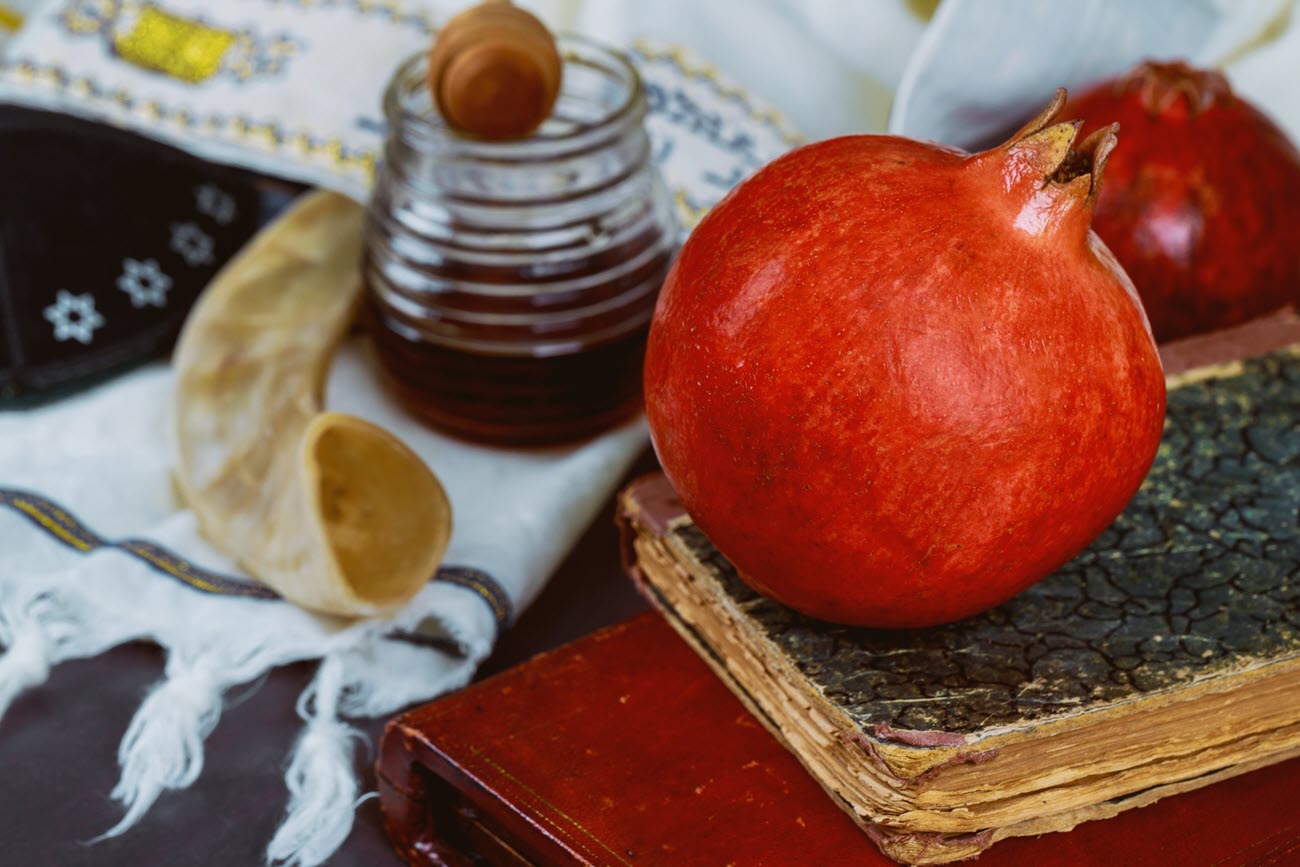
Kashrut also determines specific prohibitions on mixing certain types of food. Dairy products and meat products should never mix. Thus, one must not eat a dairy dish with meat products at the same meal. Observant Jewish people must wait a customary number of hours—at most six—between dairy and meat.
Thus, kosher food is sorted along three lines. In the United States, these terms are usually in the Yiddish language used by the Ashkenazi (European) Jewish community. These are meat (fleischig), dairy (milchig), and pareve.
For the purposes of Kashrut, foods derived in any small part from milk is “dairy” and those from any part from an animal “meat.” Rennet is sometimes seen as an animal product and is thus considered meat. Margarine, meanwhile, might contain whey and counts as dairy. Cheeses made with rennet is a matter of debate. Some believe that they are not considered kosher. Others are more lenient, citing that rennet is so far removed from meat that it no longer counts. Still others are more accepting of “non-meat” rennet sourced from plants or microbes.
Pareve
This term refers to food that is neither dairy nor meat. It includes not only fruits and vegetables but also eggs, tofu, nuts, and fish. All vegetarian food counts as pareve.
Pareve food other than fish can be cooked with dairy or meat. When this happens, the pareve ingredient is considered one or the other. A vegetable dish cooked with dairy, for instance, cannot be eaten with meat dishes.
Pareve foods can also be prepared as their own dishes and consumed alongside other meals. Although fish cannot be used as a pareve ingredient, it can be served alongside either dairy or meat as a side dish.
Kosher Prep
Keeping kosher goes beyond prescribing the type of meat fit for eating. Kosher meat must be prepared according to Kashrut at every step, starting from the selection of animals. Only living, healthy animals can be processed into kosher meat.
Contrary to a popular misconception, kosher food is not “blessed by a Rabbi.” Instead, they undergo rabbinical supervision known as hashgascha. After careful inspection, the rabbi approves of the food as kosher.
Shechita
The Jewish process of slaughter, shechita, aims to prepare meat to the stringent standards of Kashrut. The butcher (shochet) must be an observant member of the faith. In small communities, the rabbi is often also the shochet. They must make a swift, deep cut across the throat. This renders the animal immediately unconscious and removes most of the blood within. The knife used for the slaughter should be smooth and sharp.
The animal is then inspected by evaluators called bodeks. When its lungs pass the tests, the animal's meat is declared glatt kosher. The meat is soaked and salted within 72 hours of slaughter to keep it moist and remove the remaining traces of blood.
A unique feature in shechita is the prohibition against stunning before slaughter. Proponents claim that this method is more humane. The bleeding animal falls unconscious before death. Sedating the animal also brings the risk of killing it prematurely, rendering the meat non-kosher.
Vegetable Matters
All edible plants are considered kosher provided that they are free from insects. Many vegetables and fruits must be thoroughly examined and washed to ensure that no insects are present. The fields they come from must also be thoroughly free of insect infestations. As a rule of thumb, an item of produce should be checked for insects if finding insects in it is not surprising.
The Kosher Kitchen
The culinary separation of meat and dairy carries over to food preparation. Because of this, kosher is not only applied to the food itself but also to the tools used to prepare it. Jewish kitchens are arranged to ensure this, with dedicated equipment for dairy and meat. Likewise, Jewish wines must be prepared according to Kashrut rules and regulations.
Passover
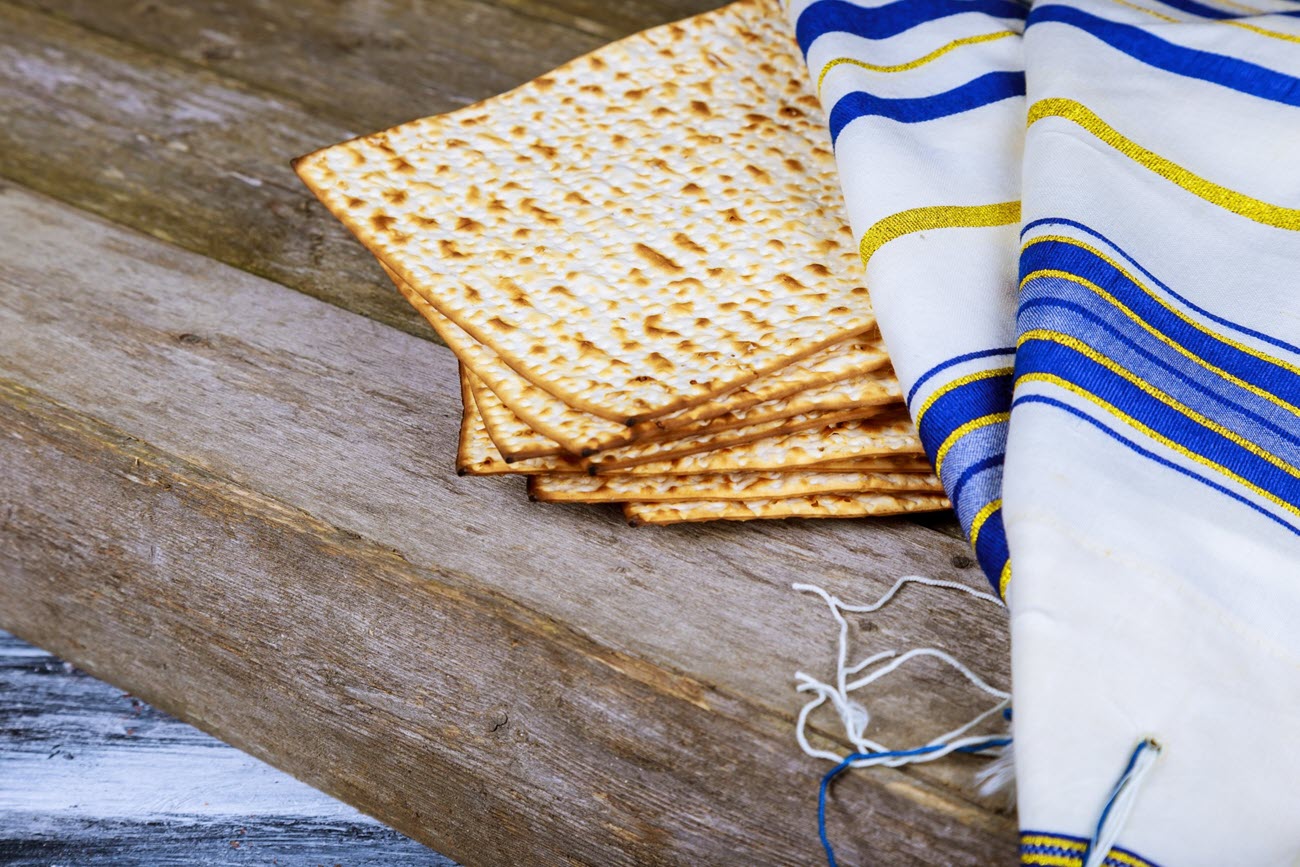
The Passover feast has several unique rules to the Jewish table. The meals prepared during the Passover seder usually receive their own set of utensils for this purpose alone. To commemorate the exodus from Egypt, a Jewish household must follow a different set of rules. The following foods are forbidden during Passover:
- Leavened bread from the five main grains—wheat, rye, oats, barley, and spelt
- Products and extracts made from the five grains
- Legumes and their products and extracts
- Grains resembling the five grains, such as rice and corn
- Mustard
Only one grain product, matzo, is allowed at the Seder feast. Matzo is an unleavened flatbread. Today, most Jewish households in the U.S. are familiar with the cracker version of matzo. Other communities eat softer versions of this dish.
A Matter of Labels
Processed foods have made it difficult for observant Jewish persons to follow kosher. Processing food distances one from the nature of its ingredients. You can never be sure what went in to make something until you read the labels.
This can complicate the cooking process. One ingredient might count as dairy for kosher purposes and thus can't be used in a meat dish. Other times, a seemingly innocuous dish was made with meat and dairy derivatives, making it not kosher at all. Many processed food brands are off-limits to observant Jewish consumers due to their ingredients.
What defines processed food as kosher can be perplexing to both the outsider and the lay Jewish consumer. Fortunately, religious organizations have stepped in to fill this need. Many products marketed toward Jewish communities are often labeled, signaling that they have been made to the appropriate standards.
A Kosher World
Jewish emigrant communities are diverse and distinctive. Both the adventurous gourmand and the intrepid faithful can savor a world of flavors in kosher cooking. Across the United States, kosher dishes have won over admirers from other cultures.
Ashkenazi Cuisine
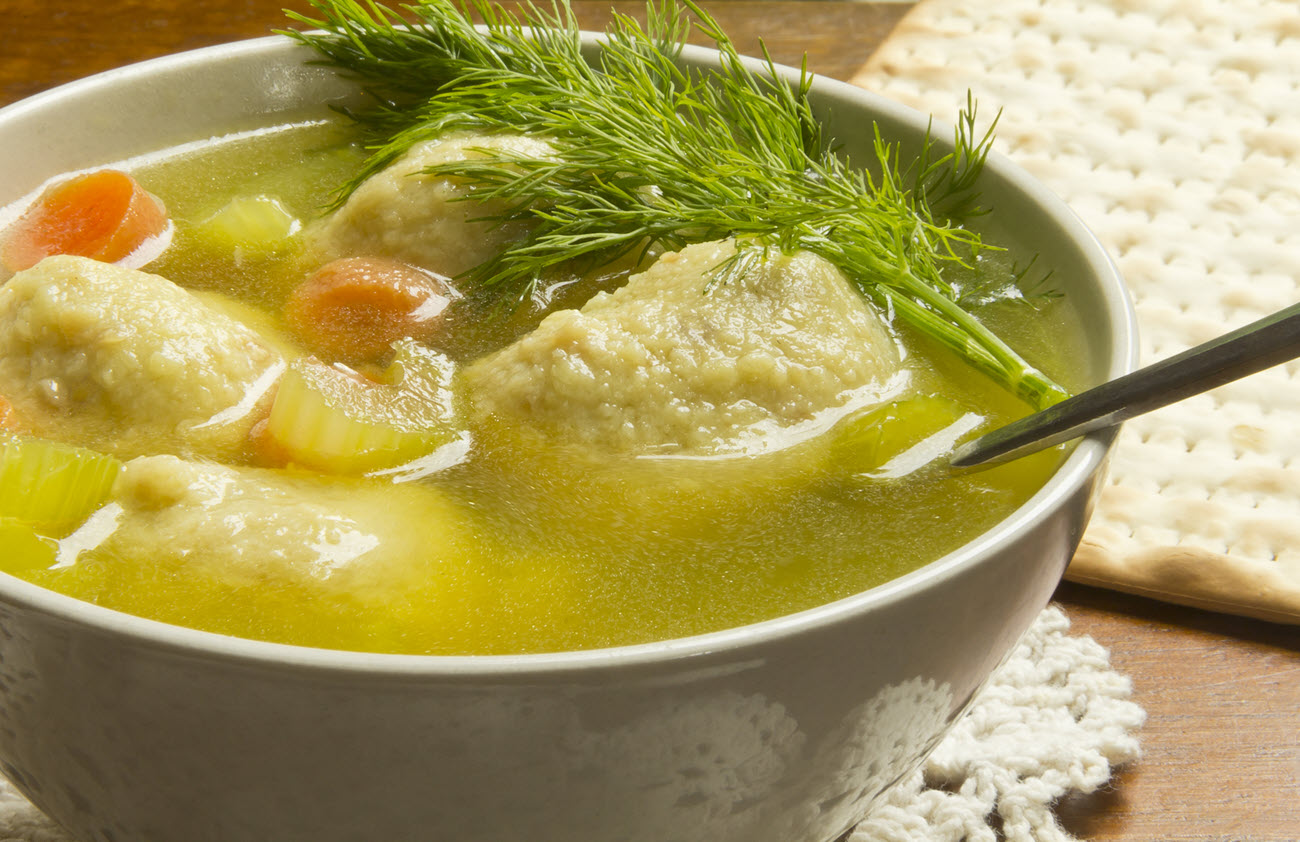
Ashkenazi Jewish dishes are the most recognizable among Western (and especially American) audiences. Part of the popularity of these dishes may come from familiarity. Americans from Eastern and Central Europe will notice many similar dishes from European Jewish tables.
Ashkenazi Jewish cuisine is known for its comfort food. Hearty main course meals include braised brisket, lamb, meatballs, and kugel. The assortment of soups includes borscht, kreplach, and matzo ball soup. Snack foods and appetizers include latkes (potato pancakes), gefiltefish, and knish.
Some popular Immigrant American dishes have been influenced by kosher butchers. This includes corned beef and cabbage, a dish familiar to Irish American communities. One of the most popular American sandwiches, pastrami on rye, was made famous by Jewish delicatessens in New York City.
Sephardic and Mizrahi Cuisine
Many of the meals enjoyed by communities in North Africa and the Levant are also popular staples among the Jewish communities there. Flatbreads are staples in Sephardic (Mediterranean) and Mizrahi (Middle Eastern) Jewish communities. Their cuisines also use Middle Eastern ingredients such as tahini, couscous, and hummus. Saffron, the world's most expensive spice, is a common garnish seen in Sephardic cuisine.
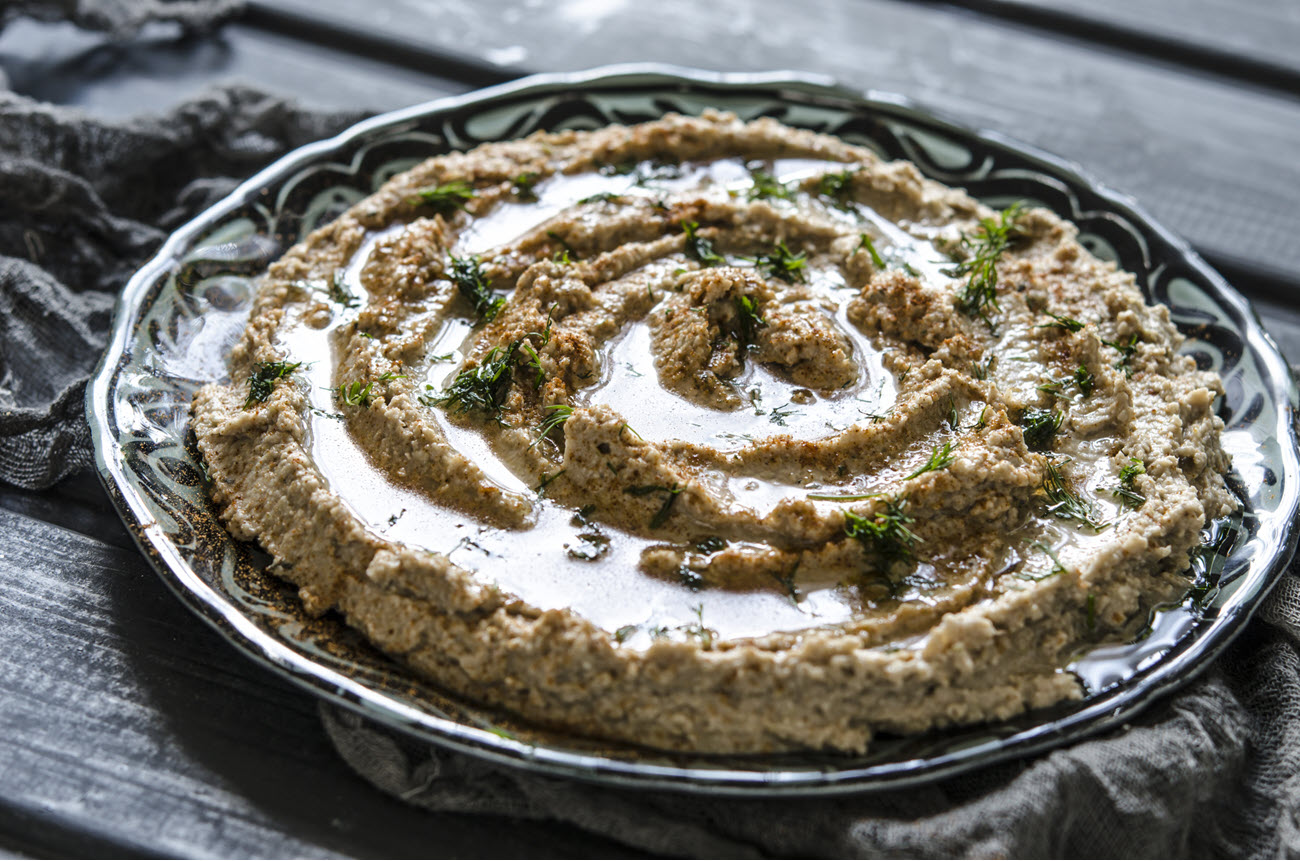
Although there is a huge cultural overlap between the two groups, Sephardic and Mizrahi Jewish cultures are distinct. Despite their origins in Iberia, Sephardic Jewish people settled in North Africa. Sephardic flavors tend to resemble Spanish, Portuguese, and Moroccan dishes. Meanwhile, the Mizrahi community remained in the Middle East. Some of the most famous dishes from this community hail from Yemen.
Foods popular with the Sephardim have also become staples in other cultures. Pescado frito, a sabbath staple, was later introduced to Great Britain. There, it became a very popular national dish. Sephardic Jews also added a unique twist to a Canary Islands dish—Ropa Vieja. Jewish emigrants brought these dishes to the New World. In Cuba, the dish became a cultural symbol for the Cuban Jewish community.
Kosher Fusion
Varied Jewish communities in the United States aren't the only place where kosher food is served. The great melting pot brings many of the world's great culinary traditions together. Thanks in great part to a growth in Jewish customers' demands, kosher versions of dishes from various ethnic communities are on the rise.
Many members of American Jewish communities visit Chinese restaurants, a trend that began in the 19th Century. At the time, one of the few restaurants open during the holidays were Chinese restaurants. Moreover, many Chinese dishes did not have dairy products mixed in, making them a popular choice for Jewish American diners.
This opportunity led to Chinese restaurants that catered to observant Jewish communities. Much later, kosher Chinese restaurants emerged in many major cities throughout the country. These establishments, guided by a rabbinical authority, serve food compliant with Kashrut.
Kosher versions of other East Asian dishes, such as Japanese sushi, followed. Sushi was easier to adapt to kosher rules. One simply needed to swap the ingredients to permitted seafood.
Finally, kosher alternatives are available as a ready substitute for some of the most popular non-kosher foods such as bacon. Some of these products are made from kosher meats like beef, while others are vegan.
